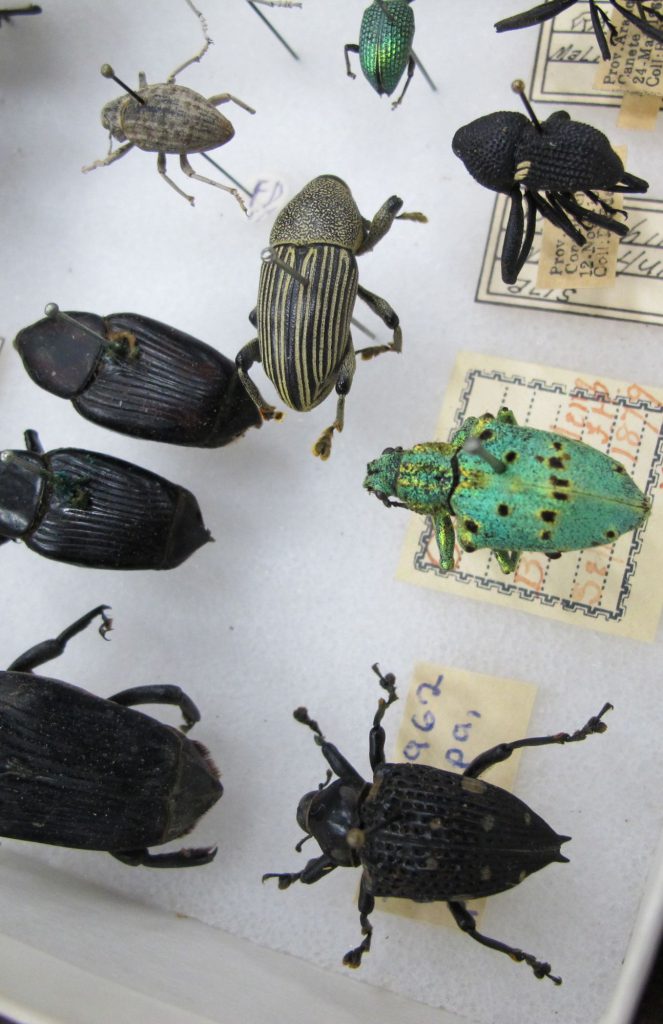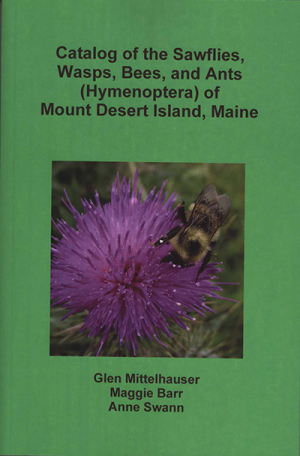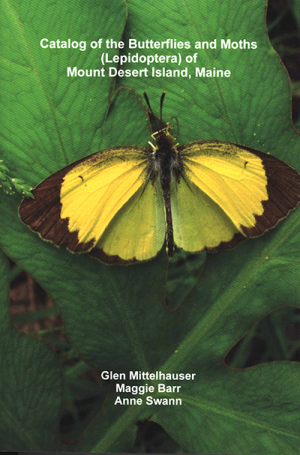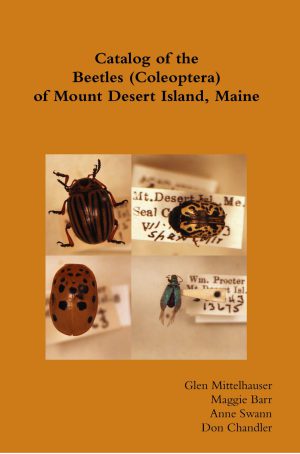
The Observatory’s work falls into two main categories: data collection and data preservation.
Whether it’s notes in a notebook or physical specimens, how data is stored and preserved requires careful planning so that the information will be accessible and usable by researchers in the future.
William Procter Insect Collection
MNHO collaborated with Acadia National Park to catalog and curate the William Procter insect collection. William Procter was an entomologist who amassed a huge collection of Insects and marine invertebrates from the Mount Desert Island area in the first half of the 20th century. MNHO staff cross-referenced the museum vouchers against Procter’s original published catalog and updated the nomenclature for all species with the goal of making the collection more accessible to present-day researchers who want to understand how the insect populations of the area have changed.
The Procter collection is housed at the museum at Acadia National Park.

Maine State Museum
Insect Collection
The Observatory is collaborating with the Maine State Museum to help catalog their extensive insect collection. The goal is to make sure the collection is maintained, cataloged, and accessible to researchers now and in the future. A key goal of the Maine State Museum’s natural history curators (and the Observatory) is to make sure priceless natural history collections aren’t lost. There is a wealth of information in these collections, from species distribution, environmental conditions, and examples of species that have become extinct or extirpated from the region.
Stay Connected
Follow the progress of this project through our newsletter or on social media



